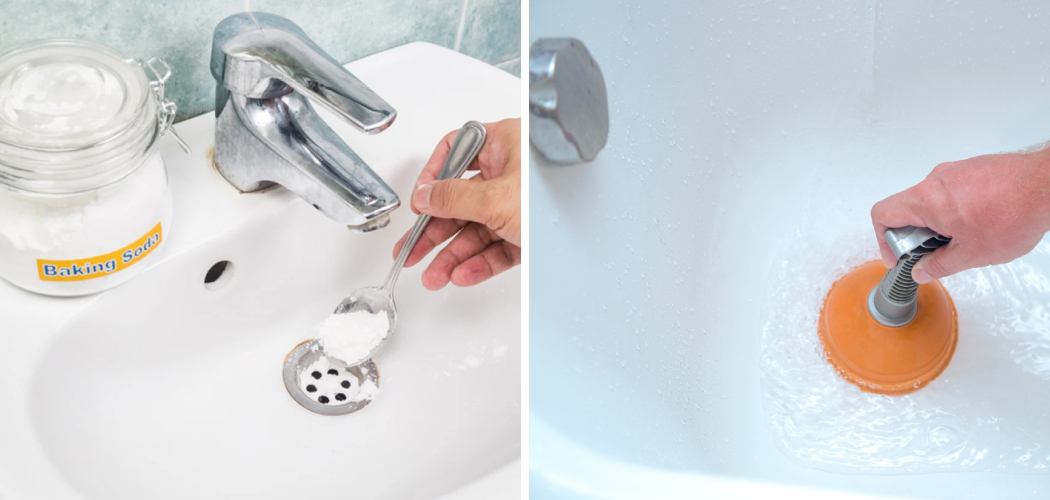Unclogging a shower drain can be a daunting task, especially if you don’t have baking soda on hand. Fortunately, there are several effective alternatives that can help you clear the blockage and restore proper drainage.
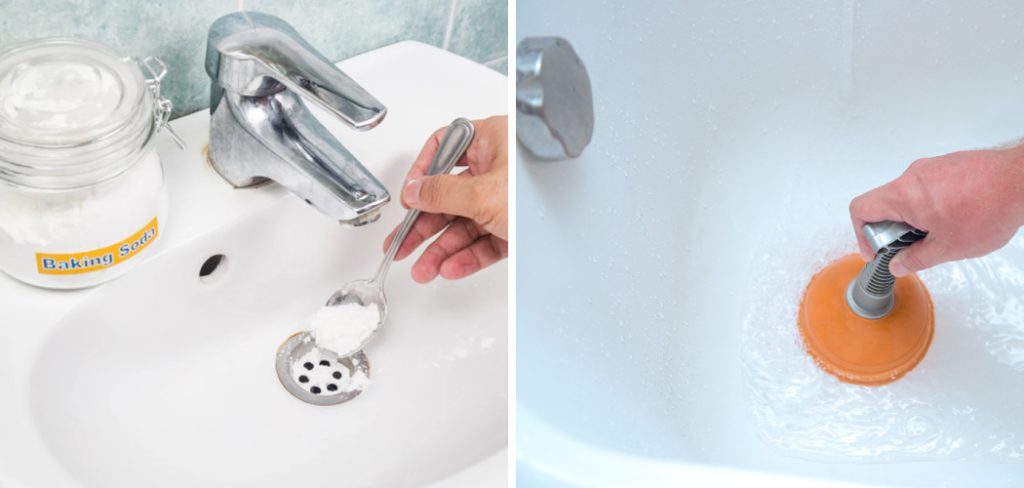
This guide on how to unclog shower drain without baking soda will walk you through various methods using common household items and tools, ensuring you can tackle the problem without needing to make a trip to the store.
Whether it’s hair, soap scum, or other debris causing the clog, these simple steps will provide a solution, helping you maintain a clean and functional bathroom.
What is a Shower Drain
A shower drain is an essential component of any bathroom, responsible for carrying away water and preventing it from pooling on the floor.
It typically consists of a strainer cover, which traps larger items such as hair and prevents them from entering the plumbing system, and a drain pipe that carries water to the sewer or septic tank.
It’s common for shower drains to become clogged over time due to a buildup of hair, soap scum, and other debris.
This can lead to standing water in the shower, causing inconvenience and potential health hazards. It’s important to address a clogged shower drain promptly to prevent further damage or blockage in your plumbing system.
Why Use Alternatives to Baking Soda
While baking soda is a popular and effective solution for unclogging drains, you may not always have it readily available.
Furthermore, some people prefer to avoid using harsh chemicals in their homes. Luckily, there are plenty of alternative methods that can be just as effective without the use of baking soda.
You may also find that certain clogs are resistant to baking soda, making it necessary to try different methods. By using alternative solutions, you can have a variety of options at your disposal and increase your chances of successfully unclogging the drain.
Materials Needed
Before getting started, gather the following materials:
Plunger:
A plunger is a simple and effective tool for unclogging drains. It creates suction, which can help dislodge the blockage and allow water to flow freely again.
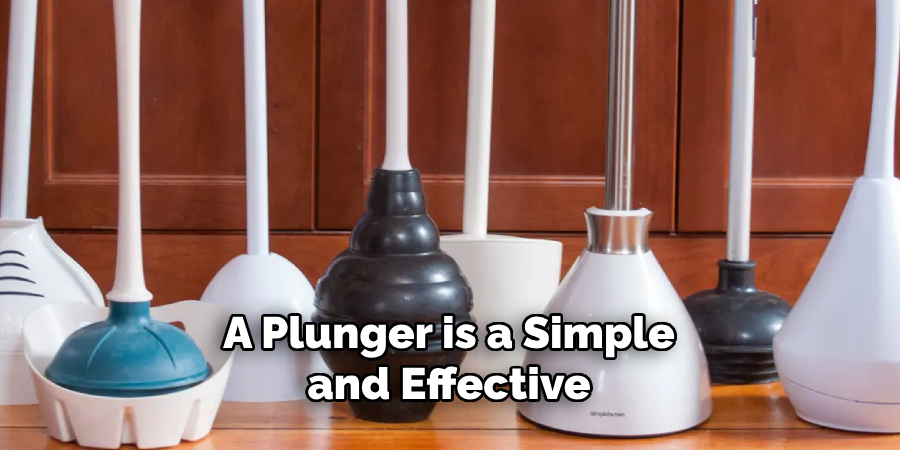
Wire Hanger:
Straighten out a wire hanger to create a long, thin rod that can reach deep into the drain. This will be useful for grabbing or pushing out any debris causing the clog.
Boiling Water:
Boil water in a kettle or on your stovetop. Hot water can help dissolve soap scum and other substances that may be obstructing the drain.
Vinegar and Baking Soda Mixture:
If you do have baking soda available, create a mixture by combining equal parts baking soda and vinegar. This will create a chemical reaction that can help break down the clog.
Wet/Dry Vacuum:
If you have access to a wet/dry vacuum, it can be an effective tool for removing material from the drain. Just make sure to use it on the liquid setting and not the suction setting.
7 Methods on How to Unclog Shower Drain Without Baking Soda
Method 1: Using a Plunger
Preparation:
Begin by removing any visible debris from the surface of the drain. This could include hair or soap scum that has accumulated around the drain opening.
Seal the Overflow Drain:
If your shower has an overflow drain, make sure to cover it with a wet cloth or use the plunger’s rubber flange to create a strong seal. This will help maximize the suction effect of the plunger.
Position the Plunger:
Place the plunger over the drain and make sure it is fully submerged in water. If there isn’t enough water to submerge the plunger, add some from another source.
Plunge Away:
Using quick, forceful plunges, create suction by pushing and pulling on the plunger. This action should help loosen any clogs and move them toward the main drain pipe.
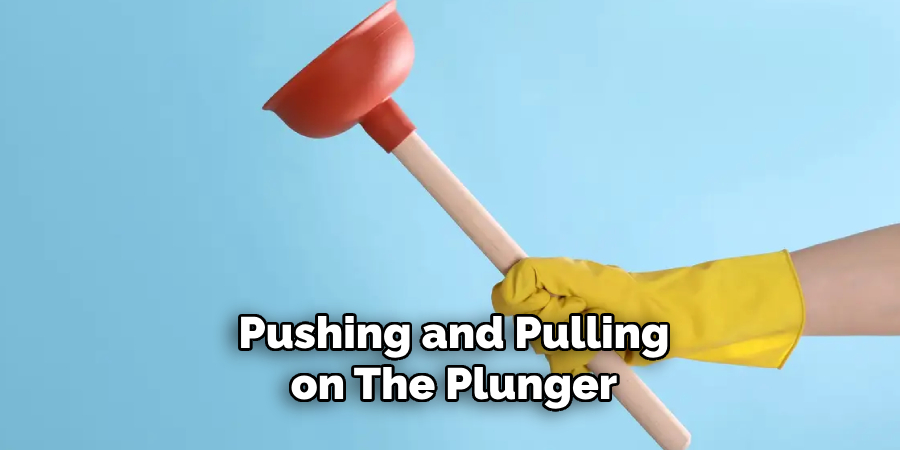
Repeat if Necessary:
If water begins to drain, continue plunging until it flows freely without backing up. If not, repeat the process a few times before moving on to another method.
Method 2: Using a Wire Hanger
Straighten the Hanger:
Unwind and straighten out a wire hanger, leaving the hook at one end. This will allow you to create a long, thin rod that can reach deep into the drain.
Push and Twist:
Insert the straightened hanger into the drain and use it to push any visible clogs toward the main pipe. You can also twist the hanger to help grab onto hair or other debris.
Flush with Hot Water:
Once you have removed as much debris as possible, flush hot water down the drain to dissolve any remaining material; this can help clear the drain further and restore proper flow.
Method 3: Using Boiling Water
Boil Water:
Bring a kettle or pot of water to a boil on your stovetop. Make sure it’s enough to fill about half of your shower’s basin.
Pour It Down:
Carefully pour the hot water down the drain, making sure not to splash any on yourself. The hot water can help melt away soap scum and other substances that may be causing the clog.
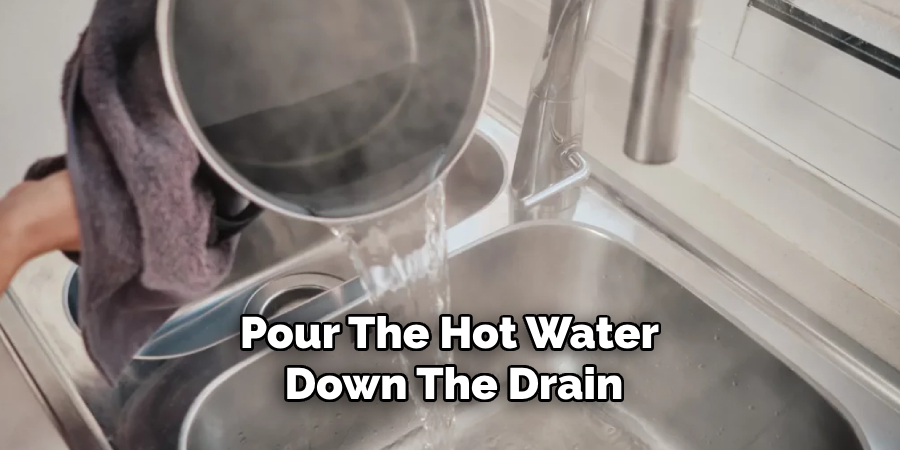
Wait and Repeat:
Let the hot water sit in the drain for a few minutes, then check if the water is draining freely. If not, repeat the process a few times until it does.
Method 4: Using Vinegar and Baking Soda
Create the Mixture:
If you have baking soda available, create a mixture by combining equal parts of baking soda and vinegar in a cup or bowl. The chemical reaction between these two ingredients can help break down clogs.
Pour It Down:
Once the mixture stops fizzing, pour it down the drain. Make sure to cover the drain opening with a cloth or stopper to prevent anything from coming back up.
Wait and Flush:
Wait for about 15 minutes before flushing hot water down the drain. This will give the mixture enough time to work on any clogs. Repeat if necessary until the drain is clear.
Method 5: Using a Wet/Dry Vacuum
Remove Water from the Drain:
Use a small cup or container to remove as much standing water from the shower’s basin as possible. This will prevent it from overflowing when using the vacuum.
Set Up Vacuum:
Switch your wet/dry vacuum to its liquid setting and place the hose directly over the drain opening. Make sure to seal it as tightly as possible.
Create Suction:
Turn on the vacuum and let it run for a few seconds. This should create suction that can help pull out any debris from the drain.
Repeat if Necessary:
If there is still standing water, remove it with a cup or container and repeat the process until the water drains freely.
Method 6: Using Salt and Hot Water
Mix Salt and Water:
Combine half a cup of salt with boiling water in a bowl or pot. Stir until the salt has dissolved completely.
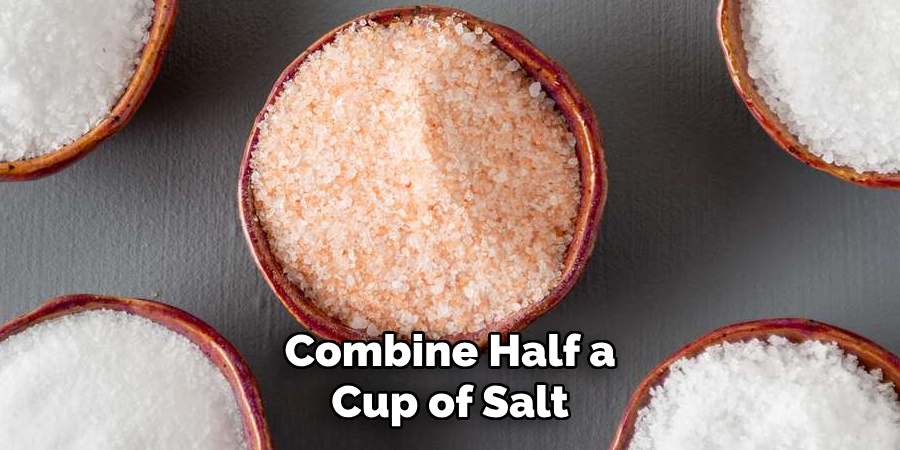
Pour It Down:
Carefully pour the mixture down the drain, making sure to cover the opening with a cloth or stopper. Let it sit for about 15 minutes.
Flush with Hot Water:
After waiting, flush hot water down the drain to clear away any loosened debris. Repeat if necessary until the drain is unclogged.
Method 7: Using Dish Soap
Squirt Some Soap:
Squirt some dish soap into your shower basin and add hot water. The soap can help lubricate and break down any clogs in the drain.
Let It Sit:
Let the soapy water sit in the drain for about 15 minutes. This will give the dish soap enough time to work on any clogs.
Flush with Boiling Water:
After waiting, flush boiling water down the drain to clear away any loosened debris. Repeat if necessary until the drain is unclogged.
Following these methods on how to unclog shower drain without baking soda, you should be able to effectively unclog your shower drain without using baking soda. However, it’s always important to regularly clean and maintain your drains to prevent clogs from occurring in the first place.
Frequently Asked Questions
Q: What if None of These Methods Work?
A: If you have tried all of these methods without success, it may be best to call a professional plumber for help with a more severe clog.
Q: How Can I Prevent Clogged Drains?
A: Regularly cleaning and clearing out your drains can help prevent future clogs. You can also use drain covers or hair catchers to trap debris before it goes down the drain.
Q: Is It Safe to Use Chemical Drain Cleaners?
A: While they may be effective, chemical drain cleaners can be harmful to both you and your pipes. It’s best to try natural methods first before resorting to harsh chemicals.
Conclusion
These seven methods can help you unclog your shower drain without using baking soda. However, prevention is always better than a cure.
To prevent future clogs, make sure to regularly remove visible debris from your drains and use a hair catcher or strainer to catch any hair or other materials that could cause clogs.
You can also try using natural drain cleaners, such as a mixture of vinegar and hot water, to keep your drains clear. By following these simple tips and methods on how to unclog shower drain without baking soda, you can maintain a clean and functional shower drain without relying on baking soda.
So, next time you experience a clogged shower drain, try one of these methods before reaching for the baking soda. Happy unclogging!

